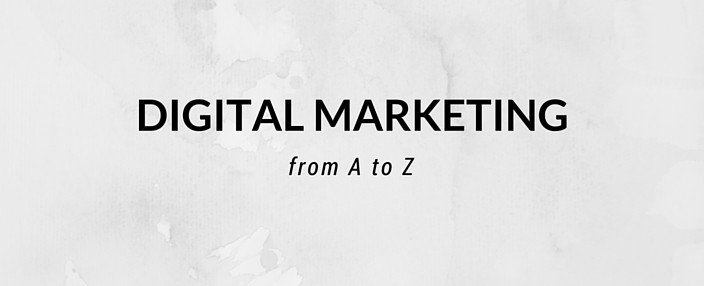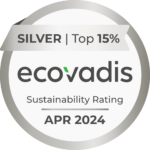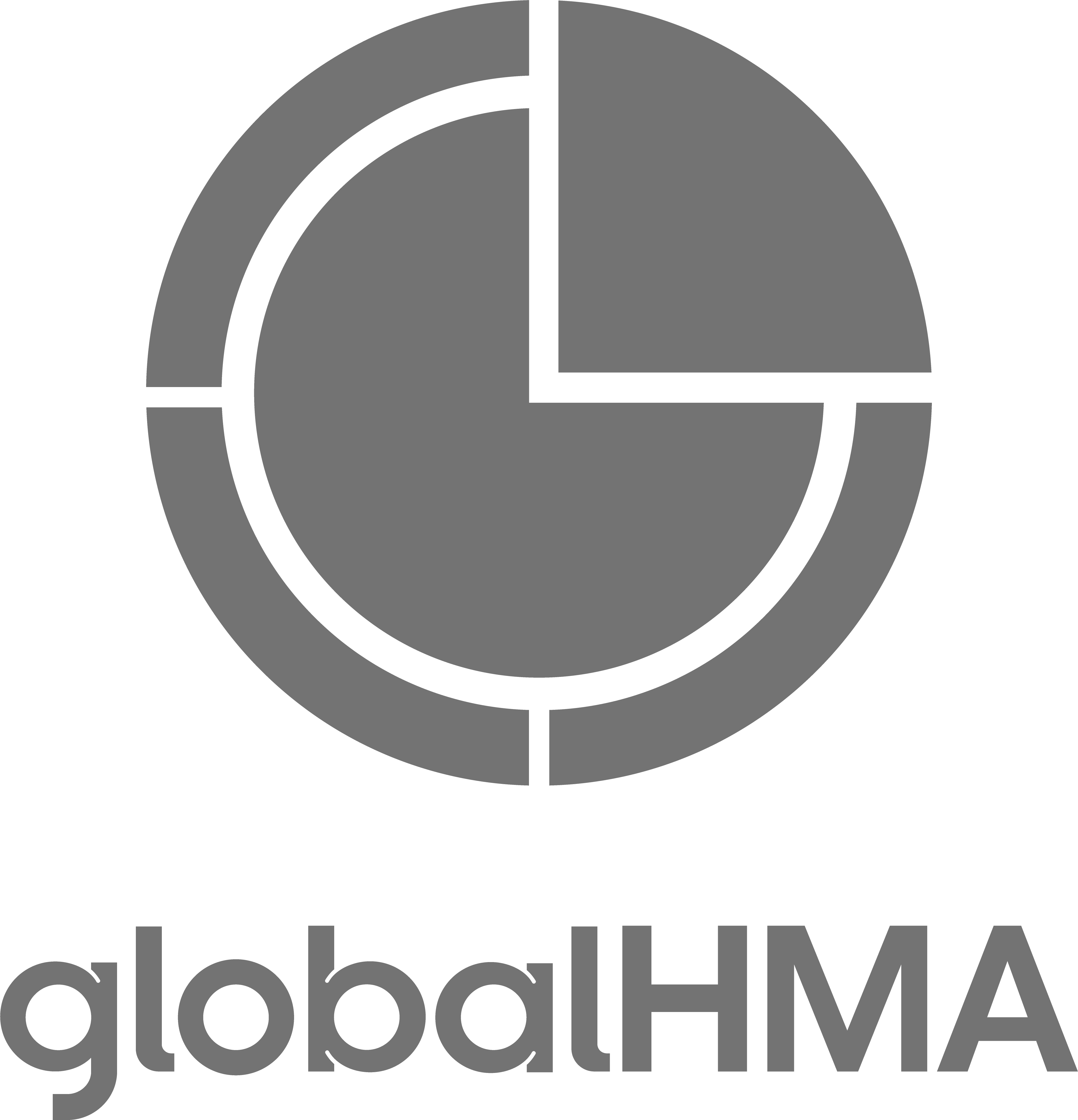As a group of twenty- and thirty-somethings, the majority of us at globalHMA have grown up immersed in technology in both our personal and professional lives. Though this has helped us easily adapt to the digital age, technology doesn’t come as easy to those who aren’t constantly engrossed in it. We’ve compiled a list of digital marketing terminology to help you understand some of terms we deal with on a daily basis. Without further ado, here are some of the basic and most important pieces of digital marketing lingo and acronyms you may encounter.
A/B testing – Comparing two versions of something in test groups to see which performs better, A/B testing can refer to an email, email subject, web page, ad, etc.
Analytics – Quantifiable data provided as the result of running a campaign, helps in determining the success or failure of marketing initiative, provides actionable data to help with the adjustment of current campaigns
API – An acronym for application programming interface, allows sites to connect each other
Below the fold – Refers to “hidden” content that is not immediately visible to a user and requires scrolling
CMS – An acronym for content management system, used to organize data in an easy to use interface and powers a website, includes WordPress, Joomla, Drupal, Magento, DotNetNuke, Squarespace etc.
Cookies – Data sent to and from web servers to track a user’s movement and behavior
Content marketing – Marketing strategy for generating and disseminating relevant and valuable content (blogs, articles, white papers, infographics, video, case studies, etc.) to attract a desired target audience
Cost-per-click (CPC) – The actual cost paid for each click received in a paid digital advertising campaign, most common form of pricing for ads with a goal of lead generation
Cost-per-thousand impressions (CPM) – The specific cost paid for every 1,000 impressions or views of an ad, most common form of pricing for ads with a goal of brand awareness
Click-through rate (CTR) – The number of users who click a specific ad or link divided by the number of users who view the ad, typically helps define the effectiveness of a digital campaign
DNS – An acronym for domain name system or domain name server, allows letters (and numbers) that constitute domain names to be used to identify computers instead of numerical IP addresses
Email marketing – Sending an email or series of emails to a unique group of users by segmentation (e.g. market, job title, etc.), can be generic or personalized
FTP – An acronym for file transfer protocol, commonly used software to transfer files from a computer to a web server
GA – Short for Google Analytics, tool that allows users to create custom reports and gives insight into your web visitors, measures things like time on site, number of pageviews, traffic sources and more
Hashtag – Hashtags are utilized by a variety of social media sites, typically identify and tag a specific topic through the use of a hash or pound sign (#)
Impression – An ad view or instance of an ad being shown on a user’s screen
JavaScript – A scripting language used on many websites that integrates with HTML, commonly used by Google Analytics to track website visitors
Keyword – Important words or phrases relevant to your product or service utilized on websites and/or in PPC campaigns to determine visibility in a search engine
KPI – An acronym for key performance indicator, a measurement commonly used to measure success
Link juice – The power or equity passed to a site via links either external or internal
Marketing automation – Use of a software platform to automate processes, such as email marketing, social media scheduling, list/contact segmentation and management, and analytics integration and tracking
Native app – An application created and coded for a specific hardware/software platform, typically downloaded directly to a device from a central point of distribution, such as Google Play, the App Store or BlackBerry World
Organic traffic – Unpaid search traffic or natural results that appear in a search engine after a user enters a keyword search
PPC – An acronym for pay-per-click, refers to a form of paid advertising, sometimes used interchangeably with cost-per-click (CPC)
QR code – Short for quick response code, used in places where mobile devices are utilized rather than a computer, such as flyers, business cards, advertisements, when scanned with mobil device it directs users to a web page
RSS – An acronym for rich site summary or really simple syndication, a summary of multiple websites’ updated content in a single feed, eliminating the need to visit individual sites
Real-time media (RTM) – Real-time communication, marketing, engagement and planning through social media platforms
Referral traffic – Traffic to a website that is referred from other websites as opposed to being referred by a search engine
Responsive design – Flexible layouts and designs created to adapt to whatever size and shape a user views the content on
SDK – The acronym for software developer kit, a collection of tools that allow developers to create apps for specific platforms
Search engine optimization (SEO) – The art of obtaining favorable positioning for a website in a search engine’s unpaid results, ideally on the first page for better visibility
Search engine marketing (SEM) – The practice of marketing for greatest website visibility in search engine results, including both paid and unpaid traffic
Search engine results page (SERP) – The list of web link results returned by a search engine after a user performs a keyword search/query
TL;DR – An acronym on the internet for “too long; didn’t read,” hopefully not how people are referring to your content
User interface (UI)/user experience (UX) – The interface of an app, website or program that allows a user to view content and interact, user experience is the overall ease of use a user experiences when utilizing a specific interface
Vlog – Same as a blog but instead of writing about a topic you are videoing yourself or others talking about a topic, often performs better than a blog as it keeps viewers interested and entertained
Web app – Applications developed and hosted on the web as opposed to downloaded directly to a user’s device, typically coded in HTML and are task-oriented in nature
WYSIWYG – An acronym for “what you see is what you get,”, pronounced as “wiz-ee-wig,” refers to the ability to see what something will be formatted as on your screen for others or even in print, i.e. bold, underline, color, and line spacing
XML – An acronym for extensible markup language, a markup language (like HTML) designed to carry data that can be read by both people and machines
YouTube – Video sharing social networking profile, now a search engine of its own worthy of dedicated optimization
Do you have any other digital marketing terminology to add to our list?




